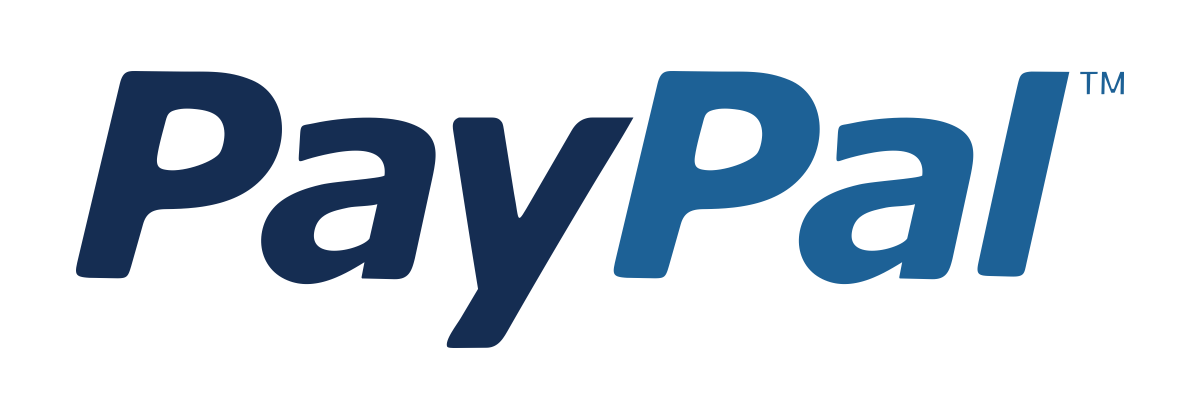Amazon Web Services (AWS)
Master Cloud Computing with AWS – From Fundamentals to Advanced Deployment TechniquesPreview Amazon Web Services (AWS) course
Price Match Guarantee Full Lifetime Access Access on any Device Technical Support Secure Checkout Course Completion Certificate 92% Started a new career
BUY THIS COURSE (
92% Started a new career
BUY THIS COURSE (GBP 12 GBP 29 )-
 87% Got a pay increase and promotion
87% Got a pay increase and promotion
Students also bought -
-
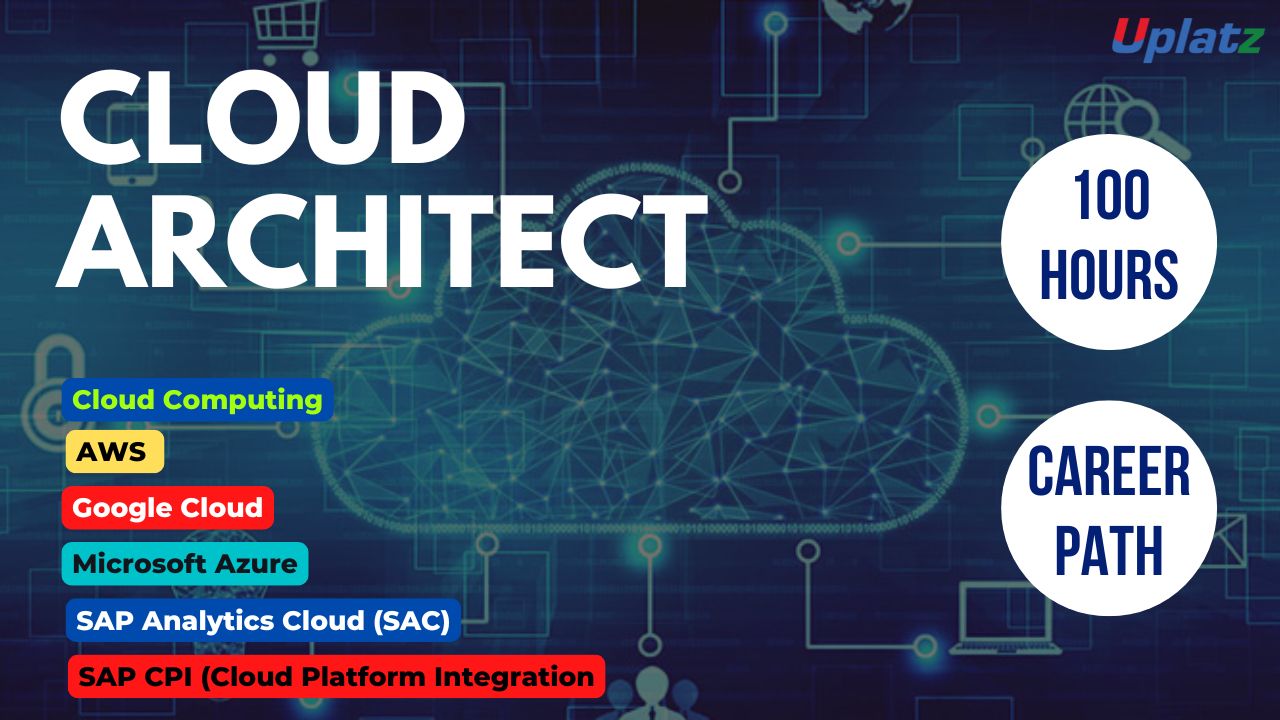
- Career Path - Cloud Architect
- 100 Hours
- GBP 32
- 888 Learners
-
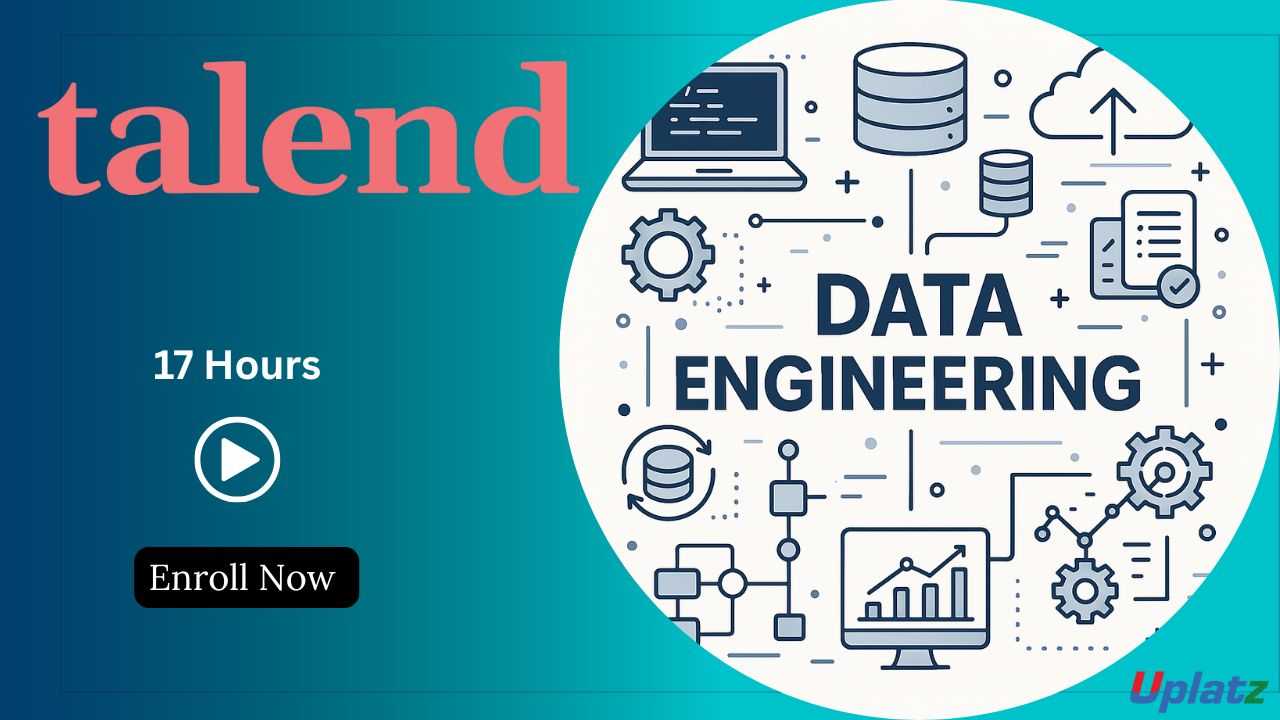
- Data Engineering with Talend
- 17 Hours
- GBP 12
- 540 Learners
-
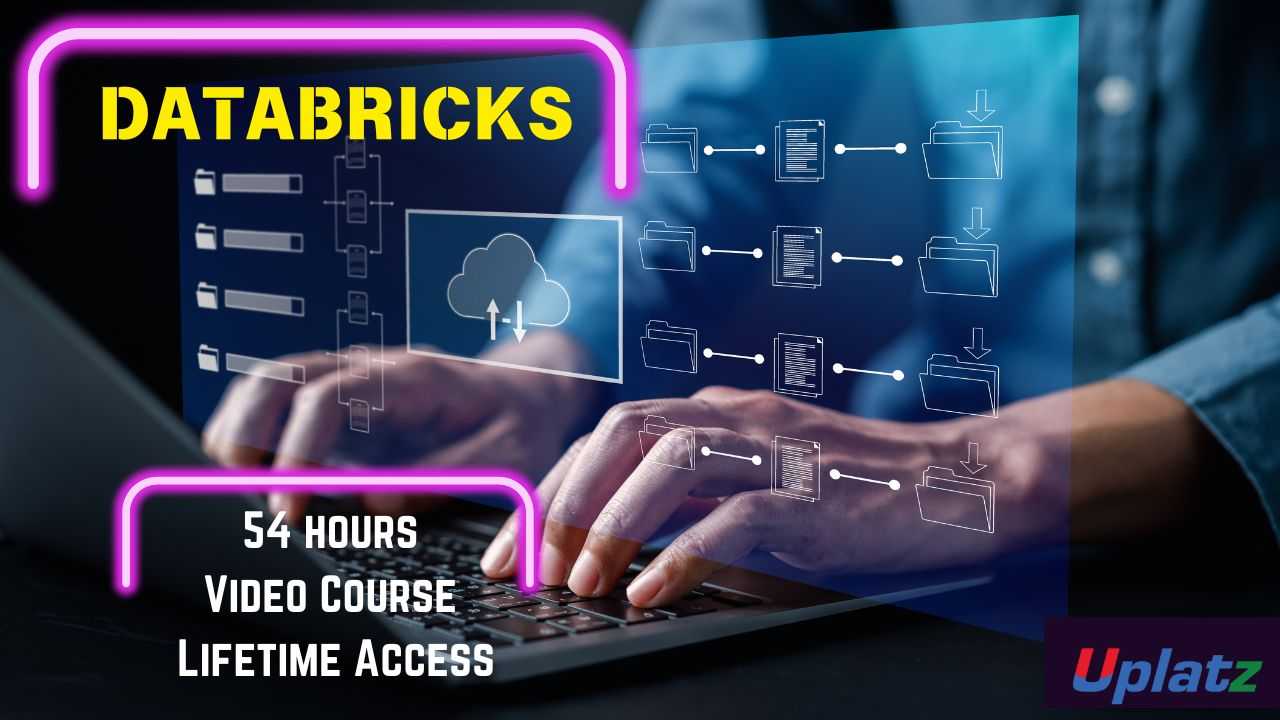
- Databricks for Cloud Data Engineering
- 54 Hours
- GBP 12
- 1379 Learners
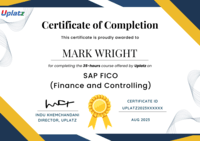
Amazon Web Services (AWS) | Self-Paced Online Training
Uplatz presents an all-inclusive, self-paced online training program on Amazon Web Services (AWS)—the world's most widely adopted cloud computing platform. This course is designed for learners who want to master cloud infrastructure and cloud-native application development, whether they are just starting out in the field or looking to enhance their current technical skill set. With high-quality recorded video tutorials, practical examples, and expert instruction, this course makes learning cloud computing both accessible and effective.
Upon completion, learners will receive a Course Completion Certificate that not only validates their understanding of AWS but also adds a valuable credential to their professional portfolio.
Why Learn AWS?
Amazon Web Services (AWS) is the undisputed leader in the global cloud services market, powering startups, government institutions, and Fortune 500 companies alike. From website hosting and data storage to machine learning and IoT services, AWS offers over 200 fully featured services that enable businesses to scale, innovate, and grow—without investing in costly hardware or complex infrastructure.
Whether you're an aspiring cloud engineer, system administrator, DevOps specialist, or developer, AWS skills are essential for building a future-proof career in tech. AWS certification and practical expertise are in high demand across industries, and this course is structured to help you become proficient in the core AWS tools, services, and architecture.
What Makes This Course Special?
This self-paced AWS course by Uplatz is designed to be both beginner-friendly and career-focused. Unlike traditional classroom training, the self-paced format allows you to learn anytime, anywhere—making it ideal for working professionals, students, and freelancers alike. You will get lifetime access to recorded sessions, which can be revisited as often as needed.
The course is rich in practical demonstrations, scenario-based examples, and real-time configurations that closely resemble what professionals encounter in the real world. With a strong focus on hands-on skills, this training ensures that learners don’t just understand AWS concepts—they know how to apply them effectively.
Course Coverage
Throughout the course, you will become familiar with a wide range of AWS services, including:
- Compute Services like EC2 (Elastic Compute Cloud) for launching virtual machines
- Storage Solutions such as S3 (Simple Storage Service) for scalable object storage
- Database Services including RDS (Relational Database Service) and DynamoDB
- Networking & Content Delivery through VPC (Virtual Private Cloud), Route 53, and CloudFront
- Identity & Access Management (IAM) for secure resource access
- Monitoring & Security using CloudWatch, CloudTrail, and AWS Config
- Serverless Architecture with AWS Lambda and API Gateway
- DevOps Tools like CodeDeploy, CodePipeline, and CloudFormation
- AI & ML Tools, Internet of Things (IoT), and Big Data services
By mastering these services, you'll gain the confidence and skillset to deploy, manage, and monitor scalable applications in the cloud.
How to Use This Course Effectively
To get the most value from this AWS self-paced training, consider the following structured learning approach:
1. Start with the Basics
If you’re new to cloud computing or AWS, begin with the foundational modules. These include an introduction to cloud concepts, the AWS ecosystem, and account setup. It’s important to understand how AWS works before diving into specific services.
2. Watch, Pause, Practice
Use the video lectures as a guide—not just a viewing exercise. Pause regularly to try out the demonstrations in your own AWS Free Tier account. This hands-on engagement is critical for retaining technical knowledge.
3. Create an AWS Free Tier Account
AWS offers a Free Tier that provides limited access to many services for one year. Set up your own account and follow along with the exercises in the course. This allows you to experience real AWS workflows and configurations without incurring costs.
4. Work on Mini Projects
Apply what you learn by working on small projects like hosting a static website, launching a virtual machine, or configuring a simple database. These projects help consolidate your understanding and can later be added to your resume or portfolio.
5. Use AWS Documentation
The AWS documentation is a powerful companion to this course. It’s comprehensive, regularly updated, and provides real-time guidance. As you follow the course, make it a habit to reference the official documentation to deepen your insights.
6. Review and Revisit
AWS is a vast platform. Repetition helps. Don’t hesitate to replay lessons, rework labs, or rebuild a configuration to cement your understanding. The recorded format makes this incredibly convenient.
7. Keep Notes and Track Your Progress
Maintain a learning journal or digital notes as you progress through the course. Not only does this aid revision, but it also helps you structure your thoughts when preparing for certification exams or job interviews.
8. Test Your Skills
Make use of quizzes and practice exercises, if provided, to assess your understanding of each module. Try to explain key concepts in your own words or present them to a peer—it’s a great way to reinforce learning.
9. Join AWS Learning Communities
Learning doesn’t have to be a solo journey. Join forums, discussion groups, or social media communities focused on AWS. You’ll find support, mentorship, and real-time solutions to any roadblocks you encounter.
10. Apply Your Knowledge Professionally
Once you're confident with the skills taught, begin applying them to real-world challenges—whether through freelance projects, internal work automation, or contributions to open-source repositories.
Who Should Take This Course?
- Students aiming to build a career in cloud computing
- IT professionals seeking to shift into DevOps, cloud architecture, or system administration roles
- Developers looking to build scalable, cloud-native applications
- Business analysts and consultants working with cloud-based solutions
- Anyone preparing for AWS certifications like AWS Cloud Practitioner, Solutions Architect, or SysOps Administrator
By the end of this self-paced course, you will have gained the knowledge and hands-on experience necessary to confidently navigate AWS’s wide range of services. Whether you’re looking to pass a certification, apply AWS at work, or switch to a cloud-focused career path, this course is a solid, practical step toward your professional goals.
Course/Topic 1 - Course access through Google Drive
-
Google Drive
-
Google Drive
By the end of this AWS course, learners will be able to:
-
Understand the Core Concepts of Cloud Computing
Grasp the foundational principles and benefits of cloud computing and how AWS fits into the cloud ecosystem. -
Navigate the AWS Management Console with Confidence
Gain hands-on experience in using the AWS Management Console for deploying and managing services. -
Deploy and Manage Scalable Cloud Infrastructure
Learn how to create and manage virtual servers (EC2), scalable storage (S3), and secure networking (VPC). -
Work with AWS Storage, Compute, and Database Services
Understand the core AWS services including S3, EC2, RDS, and Lambda, and their use cases. -
Implement Cost-Effective Cloud Solutions
Apply best practices to optimize cloud spending using AWS pricing models and cost management tools. -
Ensure Application Security and Compliance
Understand AWS security services and how to manage IAM roles, policies, and permissions. -
Monitor and Optimize AWS Resources
Use AWS tools like CloudWatch and CloudTrail to monitor performance, log activity, and troubleshoot issues. -
Automate Infrastructure with AWS Tools
Explore automation using services such as AWS CLI, CloudFormation, and Elastic Beanstalk. -
Build Real-World Projects on AWS
Apply the learned skills in real-life scenarios by building and deploying cloud-native applications. -
Prepare for AWS Certification Exams (Optional)
Develop foundational knowledge that supports certification paths such as AWS Certified Cloud Practitioner or AWS Solutions Architect – Associate.
AWS - Course Syllabus
Topic 1: Introduction to Cloud Computing and AWS
-
Overview of cloud computing concepts
-
Introduction to AWS and its services
-
Understanding the AWS Global Infrastructure
-
Setting up an AWS Free Tier account
Topic 2: AWS Compute Services
-
Amazon EC2 (Elastic Compute Cloud)
-
Launching and managing EC2 instances
-
EC2 instance types, pricing, and purchasing options
-
Auto Scaling and Elastic Load Balancing
Topic 3: AWS Storage Services
-
Amazon S3 (Simple Storage Service)
-
Amazon EBS (Elastic Block Store)
-
Amazon Glacier
-
Data transfer methods and costs
Topic 4: AWS Networking Services
-
Amazon VPC (Virtual Private Cloud)
-
Subnets, route tables, and security groups
-
VPC peering and VPN connections
-
AWS Direct Connect
Topic 5: AWS Database Services
-
Amazon RDS (Relational Database Service)
-
Amazon DynamoDB
-
Amazon Redshift
-
Database migration and replication
Topic 6: AWS Security and Identity Services
-
Amazon IAM (Identity and Access Management)
-
Security best practices in AWS
-
AWS Key Management Service (KMS)
-
Encryption options in AWS
Topic 7: AWS Monitoring and Management Services
-
Amazon CloudWatch
-
AWS CloudTrail
-
AWS Config
-
AWS Trusted Advisor
Topic 8: Deployment and Automation
-
AWS CloudFormation
-
AWS Elastic Beanstalk
-
Infrastructure as Code (IaC) principles
-
Continuous Integration and Continuous Deployment (CI/CD) pipelines with AWS tools
Topic 9: Serverless Computing with AWS
-
AWS Lambda
-
Amazon API Gateway
-
AWS Step Functions
-
Serverless application architecture patterns
Topic 10: Advanced AWS Topics
-
AWS Advanced Networking
-
AWS Machine Learning Services
-
AWS Big Data Services (e.g., Amazon EMR, Amazon Kinesis)
-
AWS IoT (Internet of Things) services
Topic 11: Cost Optimization and Billing
-
Understanding AWS pricing models
-
Cost management tools and best practices
-
Optimizing AWS resources for cost efficiency
-
Budgeting and monitoring AWS spending
Upon successful completion of the Amazon Web Services (AWS) Training Course, you will receive a Course Completion Certificate from Uplatz.
This certificate serves as a testament to your understanding and hands-on experience with AWS cloud services. It validates your ability to work with core AWS tools and technologies, design scalable cloud solutions, and manage cloud infrastructure effectively.
Key Highlights of the Certification:
-
Recognized by top recruiters and industry professionals
-
Demonstrates your practical knowledge of AWS architecture and services
-
Enhances your profile and boosts your job readiness in cloud computing roles
-
Serves as a solid foundation for pursuing AWS official certifications like:
-
AWS Certified Cloud Practitioner
-
AWS Certified Solutions Architect – Associate
-
AWS Certified Developer – Associate
-
AWS Certified SysOps Administrator – Associate
-
The Uplatz AWS Certificate adds value to your resume and helps showcase your commitment to continuous learning and cloud expertise.
The demand for cloud computing professionals has skyrocketed in recent years, with Amazon Web Services (AWS) leading the global market. Completing the AWS Training Course with Uplatz can open up a wide array of career opportunities in cloud technology and IT infrastructure.
Career Opportunities After This Course:
By gaining proficiency in AWS, you become eligible for a range of high-paying and in-demand job roles, such as:
-
Cloud Engineer
-
AWS Solutions Architect
-
DevOps Engineer
-
Cloud Support Associate
-
Systems Administrator (Cloud)
-
AWS Developer
-
Cloud Consultant
-
Site Reliability Engineer (SRE)
-
Data Engineer (AWS Platform)
Industries Hiring AWS Professionals:
-
Information Technology (IT)
-
Financial Services
-
Healthcare
-
E-commerce
-
Media & Entertainment
-
Government & Public Sector
-
Telecommunications
-
Startups & Tech Innovators
1. What is Amazon Web Services (AWS) and what are its core benefits?
Amazon Web Services (AWS) is a comprehensive and widely adopted cloud computing platform provided by Amazon. It offers over 200 fully featured services such as computing power, storage options, networking, and databases on a pay-as-you-go basis.
Core benefits of AWS include:
- Scalability: Instantly scale resources up or down based on demand.
- Cost-Effectiveness: Pay only for what you use, with no upfront infrastructure costs.
- Flexibility: Choose the programming languages, operating systems, and databases you prefer.
- Security: Offers extensive security tools, compliance certifications, and encryption.
- Global Reach: Operates in multiple geographic regions and availability zones.
2. Explain the difference between EC2 and S3. How are they used in real-world applications?
- EC2 (Elastic Compute Cloud): A web service that provides resizable compute capacity (virtual machines) in the cloud. It is mainly used to host applications, websites, and services.
- S3 (Simple Storage Service): A highly durable and scalable object storage service used for storing and retrieving any amount of data from anywhere.
Real-World Use Cases: - EC2 can host a web application backend.
- S3 can store images, videos, and static website content.
3. What is IAM in AWS? How does it help in managing access to AWS resources?
IAM (Identity and Access Management) is a service that enables administrators to securely manage access to AWS resources.
- It allows you to create users, groups, and roles.
- Define granular permissions using policies.
- Supports multi-factor authentication (MFA) for enhanced security.
IAM helps in applying the principle of least privilege, ensuring users only have the permissions necessary for their tasks.
4. Describe the concept of elasticity and scalability in AWS. How does AWS achieve these features?
- Elasticity refers to the ability to automatically add or remove resources to meet demand.
- Scalability refers to the ability to increase or decrease resources based on workload.
AWS achieves these through services like Auto Scaling, Elastic Load Balancing, and serverless computing (e.g., AWS Lambda), which respond to real-time metrics to optimize performance and cost.
5. What are security groups in AWS EC2 and how do they differ from Network ACLs?
- Security Groups: Act as virtual firewalls at the instance level. They control inbound and outbound traffic based on rules defined for each group.
- Network ACLs (Access Control Lists): Act at the subnet level and provide an additional layer of security by controlling traffic in and out of subnets.
Difference: - Security Groups are stateful (return traffic is automatically allowed).
- Network ACLs are stateless (rules must be defined for both inbound and outbound traffic).
6. How does the AWS pricing model work? What strategies can be used to reduce costs?
AWS operates on a pay-as-you-go model, where users are billed for the actual usage of services like compute time, storage, and data transfer.
Cost reduction strategies include:
- Using Reserved Instances for predictable workloads.
- Taking advantage of Auto Scaling to match capacity with demand.
- Utilizing the Free Tier for initial testing.
- Implementing cost monitoring tools like AWS Budgets and Cost Explorer.
7. Explain the use of Amazon RDS. What are the advantages of using RDS over traditional databases?
Amazon RDS (Relational Database Service) is a managed database service that simplifies the setup, operation, and scaling of relational databases in the cloud.
Advantages:
- Automated backups, patching, and maintenance.
- High availability with Multi-AZ deployments.
- Easy scalability and read replicas.
- Eliminates the need for manual infrastructure management.
8. What is the difference between a public and a private subnet in a VPC? How do you configure them?
- Public Subnet: Has a route to the internet via an Internet Gateway. Instances in this subnet can communicate with the internet.
- Private Subnet: No direct route to the internet. Used for internal applications and databases.
Configuration Steps: - Create a VPC and subnets.
- Attach an Internet Gateway.
- Set route tables to direct traffic accordingly.
- Associate subnets with appropriate route tables.
9. What tools or services does AWS provide for monitoring and logging?
AWS provides a robust suite of monitoring and logging tools:
- Amazon CloudWatch: Monitors resources and applications in real time, offering dashboards, alarms, and metrics.
- AWS CloudTrail: Records API calls and user activity across your AWS environment.
- AWS Config: Tracks resource configuration changes and compliance.
- VPC Flow Logs: Captures IP traffic data for network interfaces.
10. What is Auto Scaling and how does it work with Load Balancers in AWS?
Auto Scaling automatically adjusts the number of EC2 instances based on demand, ensuring optimal performance and cost-efficiency.
Elastic Load Balancers (ELB) distribute incoming traffic across multiple instances.
Working Together:
- ELB balances the traffic to multiple instances.
- Auto Scaling adds or removes instances based on metrics like CPU usage or request count.
This ensures that your application remains available and responsive even during traffic spikes or drops.







